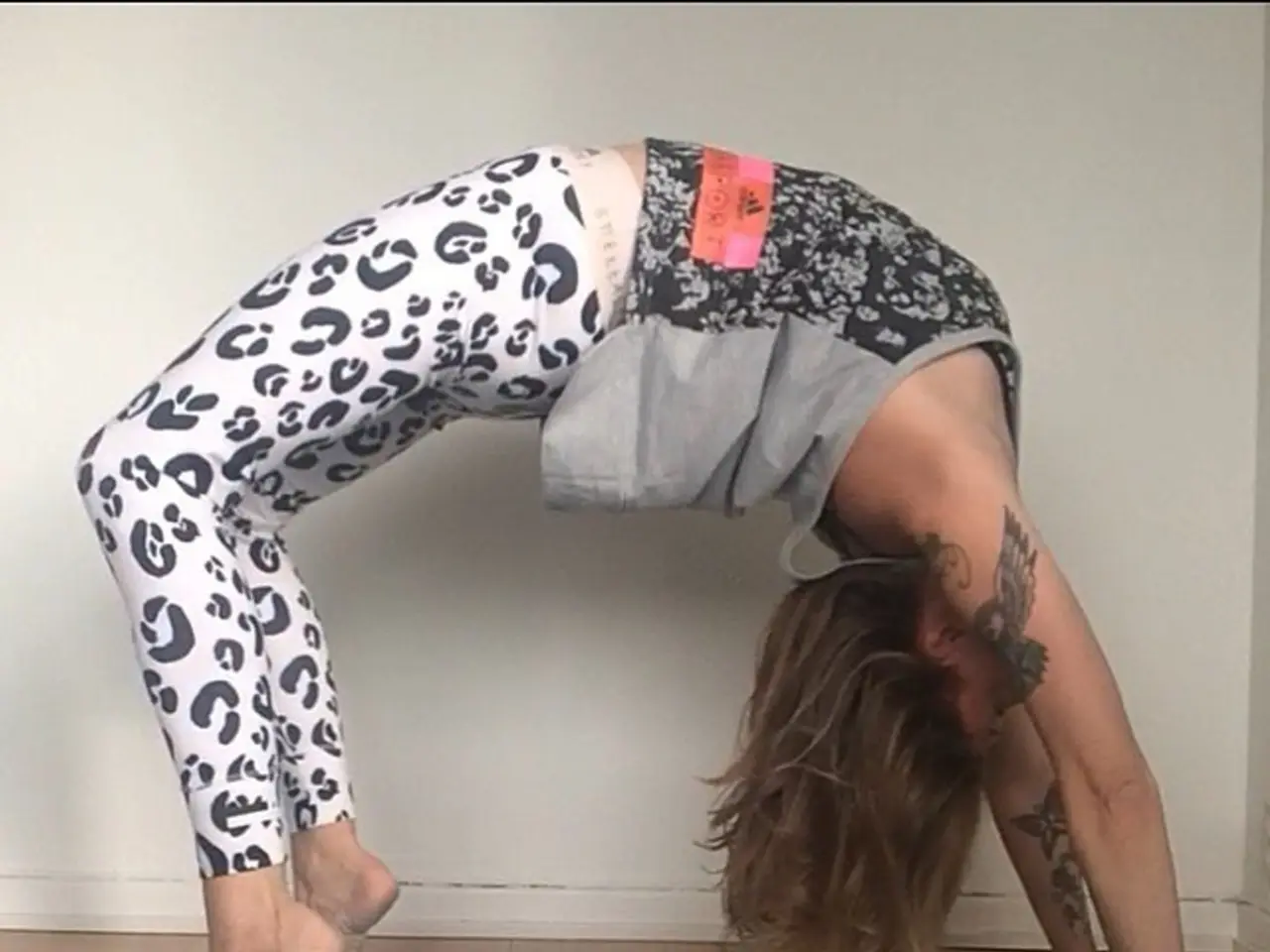Home Yoga: Achieving Balance through Design and Clutter Elimination
In the realm of yoga, balance, flow, and connection are more than just concepts; they are the essence of the practice, guiding us towards harmony, both within and without. Now, these principles can be extended to our living spaces, helping us create a home that mirrors our yoga practice and supports our well-being.
A calm and intentional home environment can be achieved by adopting the principles of yoga such as center, align, trust, root, stretch, yin, flow, balance, connect, restore, energy, and explore. Let's delve into how you can transform your space with these strategies.
Center & Align: To promote ease and flow, arrange your furniture and belongings mindfully. Clear pathways and open spaces can help foster a sense of order and calm, reflecting the alignment you cultivate in yoga postures. Dedicate a quiet, uncluttered space as a meditation or mindfulness corner to ground your daily routine.
Trust & Root: Build a strong, nurturing foundation by keeping your home organized and decluttered. Embrace the yogic principle of aparigraha (non-attachment) by regularly decluttering and only keeping items you truly need or cherish. Incorporate natural materials like wood and stone in your décor to evoke stability and connection to the earth, reinforcing a rooted feeling.
Stretch & Yin: Create areas for relaxation and gentle movement that encourage restorative practices. Bring in soft textiles, cushions, or floor mats where you can explore slow, yin yoga stretches or mindful breathing. Use calming colors and dimmable lighting to encourage restful energy and introspection, promoting a yin-like balance in your home.
Flow & Balance: Design your living space to support smooth transitions and natural flow of movement and energy. Consider biophilic design elements, like indoor plants and natural light, to foster vitality and reduce anxiety. Balance stimulating and calming elements, such as combining vibrant green plants with soothing neutral tones.
Connect & Restore: Incorporate elements that foster connection—whether to yourself, family, or nature. You might create a space for communal activities like yoga, meditation, or sharing meals mindfully. Also prioritize a restorative environment for sleep and relaxation, emphasizing quiet, restful zones away from screens and noise.
Energy & Explore: Use your home as a canvas to explore new ways of living your yoga off the mat. This can mean experimenting with sound resonance (singing bowls, soft music), natural scents (essential oils), or new mindfulness rituals that bring fresh energy into your space and daily life. Let your home evolve as you grow, reflecting your ongoing journey of self-discovery.
In essence, applying these yoga principles to your home means designing a mindful sanctuary that supports both physical ease and mental clarity, encouraging presence, intentionality, and tranquility in everyday living. So, take a deep breath, step onto your mat, and bring the essence of yoga into your home—one intention at a time.
A calming intentional home can be achieved through techniques like centering and aligning furniture for ease and flow, just as in yoga. Trusting and rooting your home, embracing minimalism and natural materials, can foster a sense of stability and connection. Creating areas for relaxation and gentle movement, like yin stretches and mindful breathing, promotes balance and restorative practices. Designing the living space to support smooth transitions encourages a flowing energy and natural integration of stimulating and calming elements. Connecting with oneself, family, or nature through communal activities or mindful spaces helps nurture a sense of harmony and presence. Exploring new mindfulness rituals, scents, or sounds can bring fresh energy into the home, making it an ever-evolving mindful sanctuary that supports both physical ease and mental clarity in daily living.




